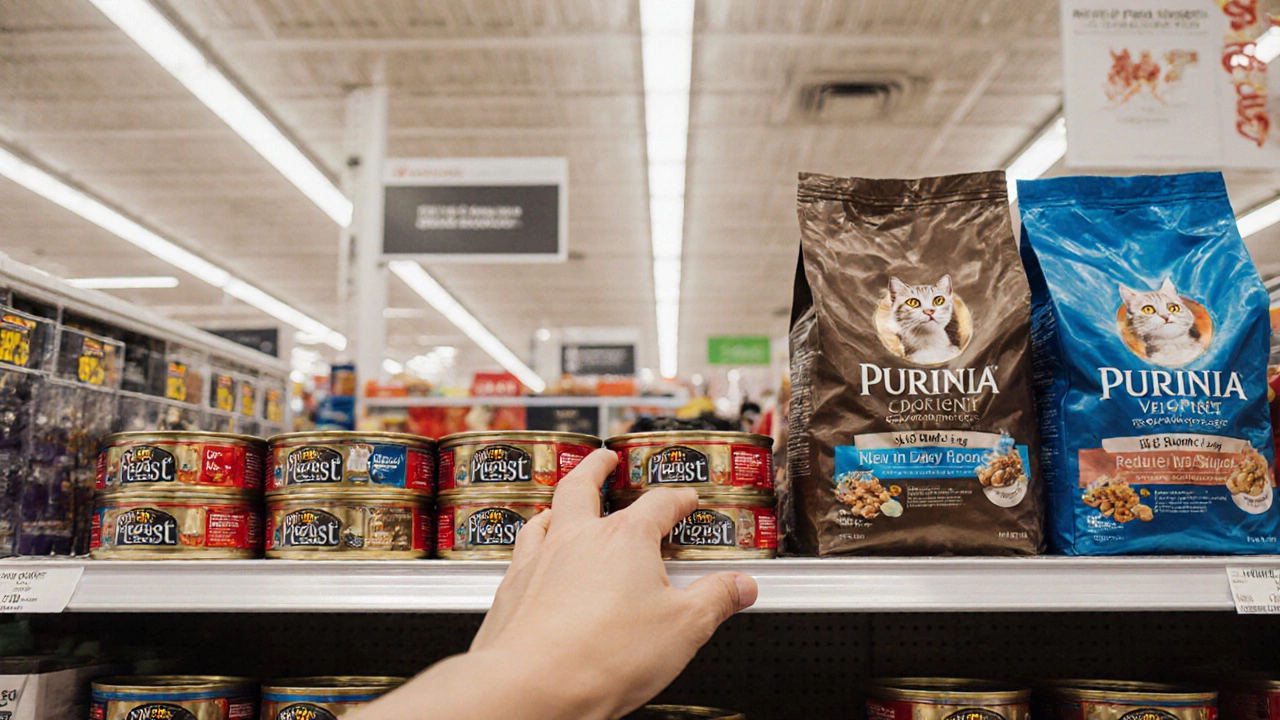Nestlé Pet Food: What You Need to Know About Brands, Ingredients, and Safety
When you see Nestlé, a global food and beverage company that owns major pet food brands like Purina and Friskies. Also known as Nestlé Purina, it produces some of the most widely sold pet foods in the UK and US. But just because it’s everywhere doesn’t mean it’s the best choice for your pet. Many pet owners assume big name equals big quality—but that’s not always true. Nestlé’s pet food lines include everything from budget kibble to premium formulas, and the differences between them can be huge.
One of the biggest concerns is dog food ingredients, the mix of meats, grains, fillers, and additives used in commercial pet food. Some Nestlé brands use meat by-products, corn gluten, and artificial preservatives—ingredients that show up in vet warnings and recall lists. For example, Blue Buffalo (a brand often compared to Nestlé products) has faced scrutiny over inconsistent ingredient quality, and Nestlé’s own Purina has had recalls over contamination and nutritional imbalances. If you’re feeding your dog or cat food from these lines, you’re not just feeding them—you’re feeding them a recipe that may include low-quality protein sources or unnecessary fillers that can lead to digestive issues or long-term health problems.
cat food nutrition, the specific dietary needs of felines, including high protein, low carbs, and moisture content is another area where Nestlé’s products often fall short. Cats are obligate carnivores—they need meat, not grains. Yet many of their canned and dry cat foods rely heavily on plant-based proteins and starches. That’s why you’ll see posts here about hidden dangers in dry cat food and why some vets question popular brands. Meanwhile, pet food safety, the assurance that pet food is free from toxins, contaminants, and harmful additives is something you can’t take for granted. Nestlé has had recalls over salmonella, mold, and even excessive vitamin D levels that made pets sick. These aren’t rare events—they’re part of the pattern.
So what does this mean for you? You don’t have to ditch Nestlé entirely, but you need to read labels like a vet. Look for named meat sources (chicken, not "meat meal"), avoid corn, soy, and artificial colors, and check for AAFCO statements. The posts below cover real stories from pet owners who switched from big brands like Nestlé’s Purina to simpler, cleaner options—and saw their dogs stop itching, their cats stop vomiting, and their vets finally say "good job." You’ll find guides on how to decode pet food labels, what ingredients to avoid, and how to spot when your pet’s food might be hurting them instead of helping. This isn’t about fear—it’s about making smarter choices with the food your pet eats every single day.
Posted By Bryndle Redding On 26 Oct 2025 Comments (0)
Purina vs Fancy Feast: Are They the Same Company?
Find out if Purina and Fancy Feast belong to the same company, their ownership history, brand differences, and why it matters for cat owners.
READ MORE